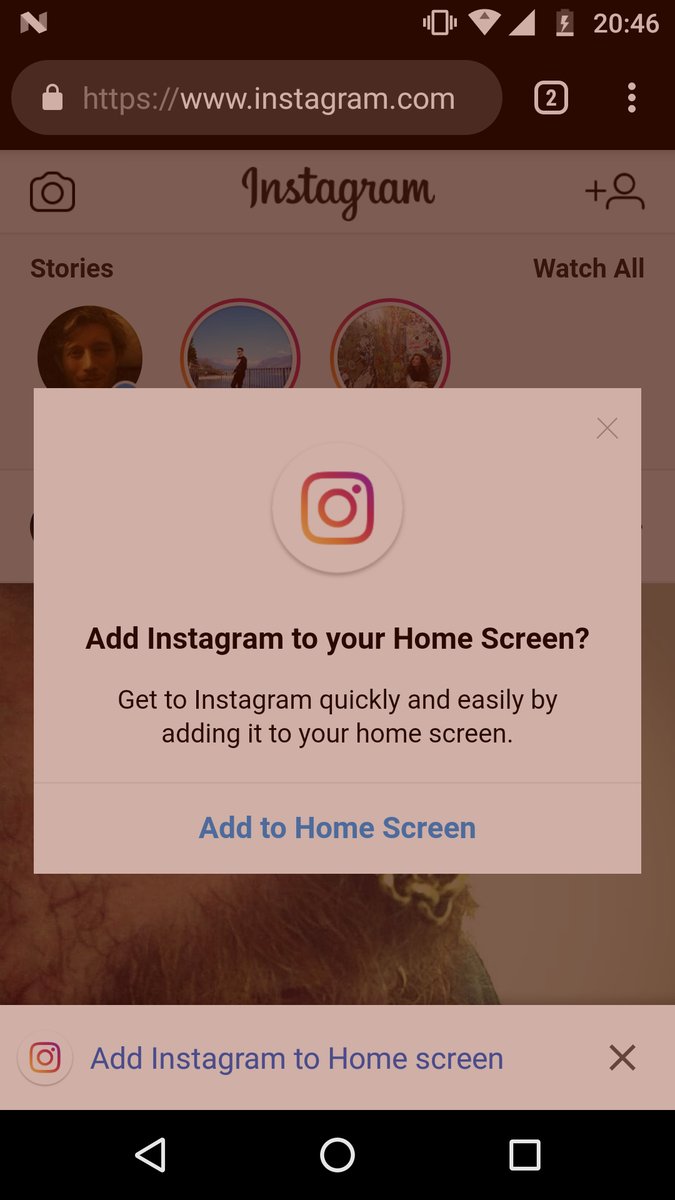Yeah, we've gone back an forth for years between the current model and the .install() model. The problem with the .install() model is that we will end up with "Install my App!" buttons all over the web, which we don't want.
Browser vendors are exploring alternatives (e.g., ambient badging)... there might be a middle ground for this, but we are still trying to figure out what it is as PWAs become a thing.









Hi folks, do you really like this idea, that a user-agent will "analyze" a website somehow and decide, if it is appropriate to show an install prompt? It can be disturbing, if the "analysis" is wrong. I also hate the fact, that a browser makes such decissions (browser manufacturers can show the prompt more often for websites, which pay them, nobody will ever find out). I think that the browser should be as "invisible" as possible, and each action should come from the user, or from the website with a users permit.
I am using the following code to be able to trigger an install prompt.
The problem I have is, that if both the website and the user want the site to be installed, the user-agent itself becomes an obstacle (by not dispatching "beforeinstallprompt"). What about replacing it all with this:
It can throw an exception, when installing is not appropriate. If you think there is a risk of "attack" by calling it too often, we can deal with it the same way we deal with alert(...). Imagine if alert(...); worked only on Mondays and only between 12th and 37th minute of each hour. That is how I see the current draft now.